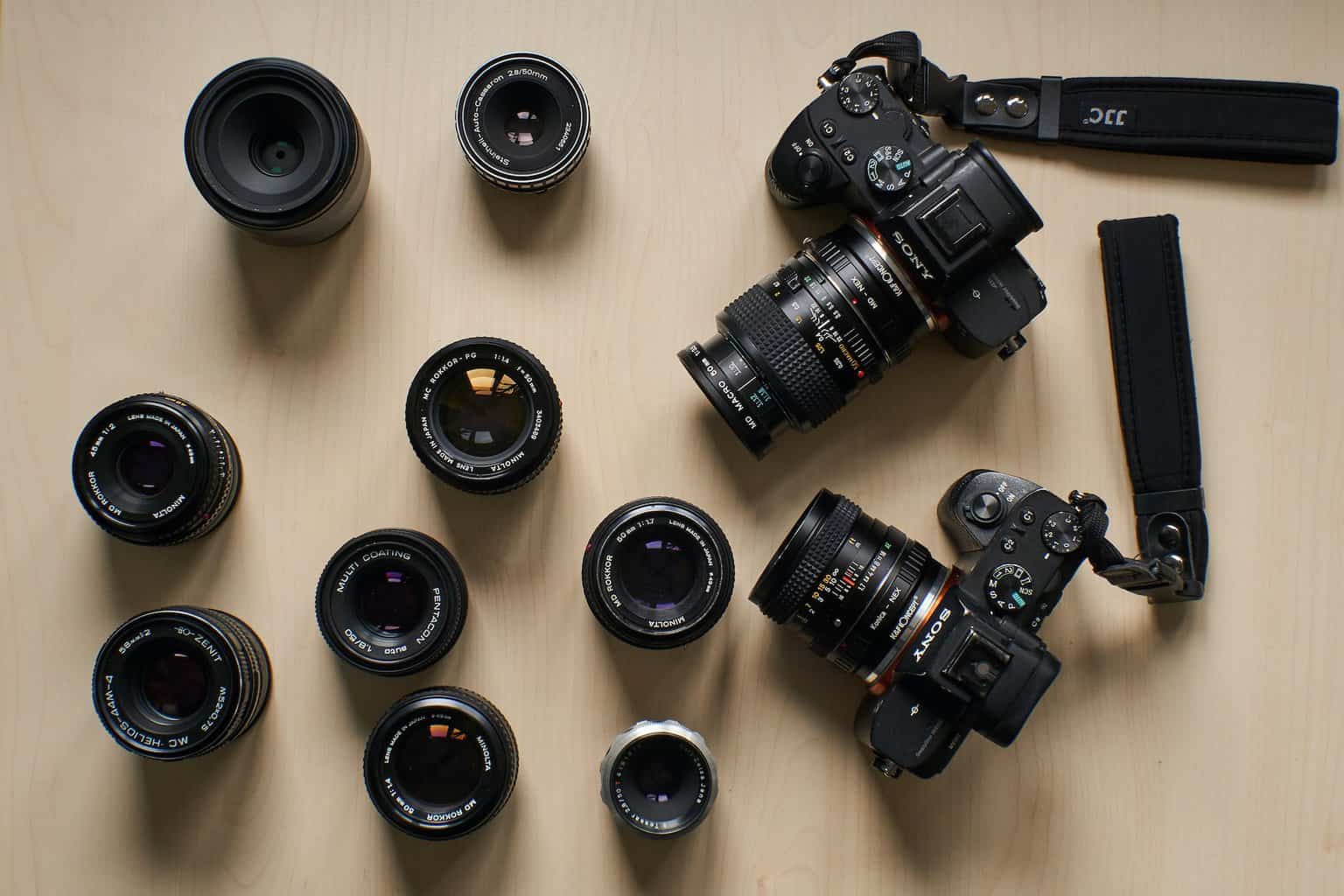

Articles
How To Store Camera Lenses
Modified: December 7, 2023
Learn all about articles on how to properly store camera lenses to ensure their longevity and optimal performance. Discover essential tips and techniques for protecting your valuable equipment.
(Many of the links in this article redirect to a specific reviewed product. Your purchase of these products through affiliate links helps to generate commission for Storables.com, at no extra cost. Learn more)
Introduction
Camera lenses are delicate and valuable pieces of equipment that require proper care and storage to maintain their functionality and extend their lifespan. Whether you are a professional photographer or an enthusiast, knowing how to store camera lenses correctly is essential to protect your investment and ensure optimal performance.
Improper storage can result in damage to the lens elements, scratches on the lens surface, or even the development of fungus due to moisture and dust. By following some simple guidelines and incorporating good storage practices, you can ensure that your lenses are protected and ready for use whenever you need them.
In this article, we will explore various techniques and strategies for storing camera lenses effectively. From cleaning and dust-proofing to temperature and humidity control, we will cover all the essential aspects of lens storage to help you maintain the quality and longevity of your valuable photographic gear.
Key Takeaways:
- Proper lens storage is crucial for protecting your valuable camera lenses from damage and maintaining their optimal performance. From cleaning and dust-proofing to temperature and humidity control, following best practices ensures longevity.
- Regular maintenance and inspection of camera lenses are essential for identifying and addressing potential issues early on, ensuring continued excellent performance and image quality. Incorporating lens care into your photography routine is key.
Read more: How To Store Camera Lenses Properly
Clean and Dust-Proof Storage
Before storing your camera lenses, it is crucial to ensure that they are clean and free from dust and debris. Any particles on the lens surface can potentially scratch the glass or impact the image quality when you use them later.
To clean your lenses, start by using a soft brush or blower to remove any loose particles. Avoid using compressed air, as it can potentially damage the lens. It is best to use a brush specifically designed for camera equipment to gently sweep away any dust or dirt.
If there are stubborn smudges or fingerprints on the lens, use a microfiber cloth or lens cleaning tissue to wipe them away. Apply a small amount of lens cleaning solution to the cloth or tissue and gently clean the lens surface in a circular motion. Be careful not to apply excessive pressure or rub too vigorously, as it can damage the lens coating.
Once the lenses are clean, it is essential to store them in a dust-proof environment. Dust particles can easily settle on the lens surface, so it is recommended to store them in airtight containers or camera gear bags with dust-proof compartments. These protective cases help to minimize dust accumulation and prevent any potential damage to the lenses.
Additionally, it is advisable to handle the lenses with clean hands and avoid touching the lens elements as much as possible. The natural oils and sweat on our hands can leave marks or smudges on the lens surface, affecting image quality. If you need to handle the lens, hold it by the barrel or use lens gloves to provide an added layer of protection.
By keeping your lenses clean and storing them in a dust-proof environment, you can minimize the risk of scratches and maintain the optical clarity of your camera lenses.
Proper Lens Caps and Rear Lens Caps
Lens caps are small but crucial accessories that provide essential protection for your camera lenses. They shield the lens from dust, fingerprints, moisture, and accidental bumps or scratches when the lens is not in use. It is important to use proper lens caps and rear lens caps to safeguard the delicate lens elements and maintain the overall integrity of your lenses.
When you remove the lens from your camera, always remember to replace the lens cap immediately. The front lens cap is designed to cover the front element of the lens and shield it from potential damage. Rear lens caps, on the other hand, protect the rear element and the mount of the lens.
Ensure that the lens cap fits securely and snugly onto the lens. Loose or improperly fitting lens caps may not provide adequate protection, and the lens might be susceptible to dust or accidental scratches.
One common mistake that photographers make is putting the lens cap in their pockets or bags without attaching it securely to the lens. This can lead to the cap falling off or getting lost, leaving the lens exposed and vulnerable to potential damage. Always make it a habit to attach the lens cap directly to the lens whenever it is not in use.
Rear lens caps are often overlooked but are equally important in protecting the lens. When you detach the lens from the camera body, immediately attach the rear lens cap to prevent dust or debris from entering the lens mount. This extra step ensures that your lens mount stays clean and free from potential contaminants.
Some lenses also come with lens hoods, which are designed to block unwanted light from entering the lens and causing lens flare or loss of contrast. When not in use, you can reverse the lens hood and attach it to the lens to provide additional protection. This practice not only protects the front element from direct impact but also helps to create a more compact storage solution.
By using proper lens caps and rear lens caps and ensuring they are securely attached, you can preserve the quality and longevity of your lenses, even when they are not in use.
Lens Pouches and Cases
When it comes to storing camera lenses, using dedicated lens pouches and cases is highly recommended. These protective accessories not only provide cushioning and support but also offer an extra layer of security for your lenses. They come in various shapes and sizes to accommodate different lens types and sizes.
Lens pouches are typically made of soft, padded material that offers protection against minor impacts and bumps. They are lightweight and portable, making them ideal for photographers who frequently travel or need to carry multiple lenses. Lens pouches usually have drawstring closures or zipper enclosures to keep the lenses securely packed inside.
For additional protection, lens cases are a great option. They are usually made of hard, durable material that can withstand more substantial impacts and provide better protection against accidental drops or rough handling. These cases often have foam inserts or customizable dividers to ensure a snug fit for your lenses and prevent them from moving around during transportation.
When choosing a lens pouch or case, consider the size and weight of your lenses. You want to make sure that the pouch or case is not too tight or too loose. A snug fit prevents the lens from moving inside, reducing the risk of potential damage. It is essential to properly label or mark the pouch or case with the lens type and focal length to easily identify and access the right lens when needed.
Another advantage of using lens pouches and cases is that they provide a convenient and organized way to store your lenses. Instead of keeping them scattered or piled up, you can keep each lens in its designated pouch or case, minimizing the chances of accidentally dropping them or mishandling them.
Lastly, when storing your lenses in pouches or cases, it is best to keep them in a cool, dry, and dust-free environment. Avoid storing them in areas where they may be exposed to extreme temperatures, excessive humidity, or direct sunlight. Additionally, it is advisable to periodically check and clean the pouches or cases to remove any accumulated dust or debris that might have found its way inside.
By using lens pouches and cases, you can safeguard your lenses from bumps, scratches, and other potential damage, while also keeping them organized and readily accessible.
Protective Filter Usage
Using protective filters on your camera lenses is an excellent way to add an extra layer of defense against potential damage. These filters are designed to protect the front element of your lens from scratches, dust, moisture, and accidental impact.
The most commonly used protective filter is the UV filter. It is transparent and does not affect the color or image quality. The primary purpose of a UV filter is to block ultraviolet rays and prevent them from affecting your photographs. However, it also acts as a physical barrier, shielding the front element of the lens from potential damage.
When attaching a protective filter, make sure to choose a high-quality filter from a reputable brand to ensure there is no impact on image quality. Low-quality filters might introduce unwanted lens flare, reduce sharpness, or degrade color accuracy. It is worth investing in a good quality filter to maintain the optical performance of your lenses.
Keep in mind that using a protective filter does come with a trade-off. While it provides an extra layer of protection, it also adds an additional piece of glass that light must pass through. This can potentially introduce additional lens flare or reduce image sharpness, especially in challenging lighting conditions. Therefore, it is crucial to strike a balance between protecting your lens and maintaining optical quality.
It is recommended to keep the protective filter on your lens most of the time, especially during outdoor shoots or in situations where the lens is exposed to potential hazards. However, in controlled settings or when special effects are desired, such as creating lens flares or achieving specific artistic effects, you may choose to remove the filter temporarily.
Regularly check and clean your protective filters to ensure their effectiveness. Accumulated dirt, smudges, or fingerprints on the filter surface can impact image quality. Use a soft microfiber cloth or lens cleaning tissue and a cleaning solution specifically designed for camera equipment to gently clean the filter surface.
Remember, while protective filters can safeguard your lens from external elements, they cannot protect against more severe impacts or accidents. It is still important to practice proper handling and storage techniques to ensure the overall well-being of your lenses.
By utilizing protective filters, you can provide an added layer of security for your lenses and enhance their lifespan, all while preserving the quality of your photographs.
Read more: How To Store Lenses
Temperature and Humidity Control
Proper temperature and humidity control are critical aspects of lens storage to prevent moisture buildup, fungus growth, and other potential damage. Extreme temperature fluctuations and high humidity levels can adversely affect the performance and longevity of camera lenses.
It is advisable to store your lenses in a cool and dry environment with consistent temperature and humidity levels. The ideal temperature range for lens storage is typically between 20 to 25 degrees Celsius (68 to 77 degrees Fahrenheit). Avoid storing lenses in areas that are prone to extreme temperatures, such as attics or basements, as the fluctuations can cause condensation to form inside lenses or lens elements.
High humidity levels can lead to the growth of fungus on the lens elements, which can irreversibly damage the lens coatings and optical properties. To control humidity, consider investing in a dehumidifier or using silica gel packs inside your storage cases or cabinets. Silica gel absorbs excess moisture and helps maintain a dry environment around your lenses.
When transitioning lenses from a cold environment to a warm one, it is crucial to allow them to acclimate gradually. Rapid temperature changes can cause condensation to form on the lens elements, potentially damaging both the lens coating and internal components. To avoid this, let your lenses reach the ambient temperature slowly by keeping them in their protective cases or lens pouches for some time before using them.
If you are in a location with high humidity or prone to frequent temperature fluctuations, it may be beneficial to invest in a dry cabinet specifically designed for camera equipment storage. These cabinets offer precise temperature and humidity controls, ensuring a stable and optimal environment for your lenses and other sensitive gear.
Regularly inspect your storage area for any signs of moisture or mold growth. If you notice any abnormalities, take immediate action to identify and rectify the issue. It is better to address any environmental concerns early on rather than risk potential damage to your lenses.
By maintaining proper temperature and humidity control in your lens storage area, you can minimize the risk of moisture-related damage and ensure the long-term performance and quality of your lenses.
Store camera lenses in a cool, dry place away from direct sunlight. Use airtight containers or padded cases to protect them from dust and moisture. Keep them upright to prevent damage to the lens mount.
Avoiding Direct Sunlight
Direct sunlight can have adverse effects on camera lenses due to the intense heat and ultraviolet (UV) radiation it emits. It is vital to avoid exposing your lenses to direct sunlight for prolonged periods to prevent potential damage and degradation.
One of the main concerns with exposing lenses to direct sunlight is the risk of excessive heat. When lenses are subjected to high temperatures, the internal components can expand, potentially leading to misalignment or damage. To avoid this, always store your lenses in a shaded and cool environment, away from direct sunlight.
In addition to heat, sunlight also contains ultraviolet (UV) rays that can affect lens coatings and image quality. Extended exposure to UV rays can cause the lens coatings to deteriorate, resulting in reduced contrast, color accuracy, and overall image sharpness. To minimize the impact of UV rays, it is recommended to use a lens hood or shade to block direct sunlight when shooting outdoors.
When transporting your lenses, ensure that they are properly stored in a bag or case that provides adequate protection from sunlight. Look for bags or cases with light-colored or reflective coatings that help deflect the sun’s rays, reducing the heat absorbed by the lenses.
If you happen to be shooting in bright sunlight, take precautions to prevent lens flare and protect the lens from excessive light. Use a lens hood designed for your specific lens to shade the front element and minimize the chances of unwanted lens flares or glare in your images.
When changing lenses in outdoor environments, try to find a shaded area to minimize the time that your lens is directly exposed to sunlight. This practice helps to prevent the lens from heating up too quickly and avoids any potential damage due to temperature fluctuations.
It’s worth noting that while direct sunlight can pose risks to lenses, occasional exposure to normal daylight during shoots is unlikely to cause immediate damage. However, it is always best to err on the side of caution and protect your lenses from excessive sunlight whenever possible.
By avoiding direct sunlight and taking proper precautions, you can protect your lenses from potential heat damage, maintain the quality of lens coatings, and ensure optimal performance in your photography.
Lens Storage for Traveling
When traveling with camera lenses, it is essential to provide them with proper protection to ensure their safety and functionality. Whether you are embarking on a weekend getaway or a long journey, here are some tips to effectively store your lenses while on the move.
Invest in a high-quality camera bag or backpack that is specifically designed for carrying camera equipment. Look for a bag that offers padded compartments with customizable dividers to securely hold your lenses. These compartments not only protect your lenses from bumps and impacts but also keep them organized and easily accessible.
Before packing your lenses, ensure that they are clean and free from dust or debris. Use a lens cleaning brush or blower to remove any loose particles and a microfiber cloth or lens cleaning tissue to wipe away any smudges or fingerprints. Cleaning your lenses before traveling helps maintain their optical quality and prevents dirt from transferring onto other lenses or your camera sensor.
Consider using lens pouches or wraps for additional protection within your camera bag. These soft, padded pouches add an extra layer of cushioning and prevent lenses from knocking against each other during travel. You can place each lens in a separate pouch and then arrange them in the camera bag to minimize the risk of damage.
When packing your camera bag, place the heaviest lenses towards the center of the bag to distribute the weight evenly. This arrangement helps to minimize strain on the bag’s straps and ensures that the weight doesn’t shift excessively during travel. Additionally, make sure that the lenses are snugly fit and secured within their compartments to prevent any movement inside the bag.
Avoid checking in your camera bag with the lenses inside if you are traveling by air. Instead, keep your camera bag and lenses as carry-on luggage to maintain control over their handling. This way, you can ensure that your lenses are not subjected to rough handling or extreme temperature and pressure changes that can occur during checked baggage transportation.
If you are traveling to a location with high humidity or susceptible to moisture, consider using desiccant packs in your camera bag. These moisture-absorbing packs help prevent fungus growth and protect your lenses from the effects of excess humidity.
Finally, be mindful of security and safety when traveling. Keep your camera bag with you at all times to minimize the risk of theft or damage. If you need to leave your bag unattended, lock it securely or store it in a safe location. Additionally, consider insuring your camera gear to provide financial protection in case of loss, theft, or damage.
By following these tips, you can ensure that your camera lenses are kept safe, organized, and in optimal condition while traveling, allowing you to capture your travel memories with peace of mind.
Proper Handling and Placement
Proper handling and placement of camera lenses are crucial to prevent accidental damage and maintain their functionality. By following some essential guidelines, you can ensure that your lenses stay in optimal condition and avoid any mishaps during use or storage.
When handling your lenses, always hold them by the barrel and avoid touching the front or rear elements. Touching the lens surfaces with bare hands can transfer oils, dirt, or sweat, which can affect the image quality or damage the lens coatings. If necessary, use lens gloves or a lens cleaning cloth to handle the lenses and keep them clean.
Avoid placing your lenses on unstable or precarious surfaces. Accidental bumps or falls can cause significant damage to the lens elements or internal components. When not in use, store your lenses in their respective pouches, cases, or in a secure camera bag to minimize the risk of accidents or impacts.
It’s important to store lenses in an upright position whenever possible. Storing them vertically helps to prevent any potential strain on the lens mount or lens barrel. If you need to store lenses horizontally, ensure that they are secure and won’t slide or shift during storage.
When attaching or detaching lenses from your camera body, do so in a controlled and careful manner. Align the lens mount with the camera mount and gently twist until it locks into place. Avoid forcing the lens or using excessive pressure, as this can damage both the lens and the camera. Similarly, when removing the lens, hold the camera body securely and twist the lens in a counter-clockwise direction.
Never attempt to disassemble or repair your lenses unless you have the necessary expertise and experience. Camera lenses are intricate pieces of equipment that require specialized knowledge for repairs. If you encounter any issues with your lenses, it is best to seek professional assistance rather than attempting DIY fixes that may further damage the lens.
When using tripods or monopods, ensure that the lens is properly supported and balanced. Avoid overloading the tripod with heavy lenses, as this can lead to instability and potential damage to both the lens and the supporting equipment.
During shoots, particularly in outdoor environments, be mindful of environmental factors that can potentially damage your lenses. Shield them from rain, sand, strong wind, or other elements that can enter delicate parts or scratch the lens surface. Using lens hoods and protective filters can provide an extra layer of defense against these environmental hazards.
By handling your lenses with care, storing them properly, and following safe practices during shoots, you can extend the lifespan of your lenses and maintain their functionality for years to come.
Read more: How To Store Contact Lenses
Regular Maintenance and Inspection
Regular maintenance and inspection of your camera lenses are essential to ensure their optimal performance and longevity. By incorporating routine maintenance tasks into your photography workflow, you can identify and address any potential issues before they escalate into major problems.
One of the most important maintenance tasks is regularly cleaning your lenses. Use a soft brush or blower to remove any loose particles or dust from the lens surface. If necessary, use a microfiber cloth or lens cleaning tissue with a small amount of lens cleaning solution to gently wipe away smudges or fingerprints. Avoid using excessive force or rubbing the lens surface too vigorously, as this can damage the lens coatings.
Inspect your lenses for any signs of damage, such as scratches, dents, or loose parts. Check the lens mount for any signs of wear or misalignment. If you notice any issues, it is advisable to have your lens professionally serviced or repaired by a qualified technician. Addressing small problems early on can prevent them from escalating into more significant problems that can affect image quality or functionality.
Pay attention to the focusing and zoom mechanisms of your lenses. Smooth and accurate focus and zoom control are essential for precise and reliable photography. If you notice any stiffness, uneven movement, or inconsistencies in the focus or zoom ring, it may be an indication of internal issues. In such cases, it is recommended to have your lens inspected and serviced by a professional.
Keep an eye out for any signs of fungus growth on the lens elements. Fungus can develop in lenses when they are exposed to high humidity or stored in damp environments. If you notice any fuzzy spots or discolored areas on the lens elements, it is crucial to address the issue promptly. Fungus can eat away at the lens coatings and cause permanent damage to the lens optics. Consult a professional technician for proper cleaning and treatment if fungal growth is detected.
Inspect the lens mount contacts to ensure they are clean and free from debris or corrosion. The contacts establish communication between the lens and the camera body and can affect autofocus performance and overall lens-camera connectivity. Use a soft, dry cloth or a specialized electrical contact cleaner to clean the contacts if necessary.
Lastly, keep track of the warranty and service history of your lenses. Regular servicing by authorized service centers can help maintain the performance and functionality of your lenses. Some manufacturers offer extended warranties or service plans that provide additional coverage and peace of mind.
By regularly maintaining and inspecting your camera lenses, you can catch and address potential issues early on, ensuring that your lenses continue to deliver excellent performance and image quality for years to come.
Conclusion
Proper storage of camera lenses is vital for maintaining their functionality, protecting them from damage, and ensuring optimal performance. By following the tips and guidelines discussed in this article, you can take the necessary steps to store your lenses in the best possible way.
From cleaning and dust-proofing to using proper lens caps and protective filters, each aspect of lens storage plays a crucial role in preserving the quality and longevity of your lenses. Pay attention to temperature and humidity control, avoiding direct sunlight, and using lens pouches or cases for added protection.
Remember to handle your lenses carefully, always holding them by the barrel and avoiding touching the lens elements. Practice proper lens placement and storage techniques, ensuring that your lenses are kept in stable positions and stored in a secure and organized manner.
Regular maintenance and inspection are vital for identifying and addressing any potential issues with your lenses. Clean your lenses regularly, inspect for damage, and pay attention to focusing and zoom mechanisms. Promptly address any concerns to prevent further damage or deterioration.
By incorporating these practices and making lens care a part of your photography routine, you can ensure that your lenses remain in excellent condition, deliver optimal image quality, and continue to serve you well throughout your photographic endeavors.
Remember, proper lens storage not only protects your valuable equipment but also ensures that you can capture beautiful and memorable moments with confidence and clarity.
Frequently Asked Questions about How To Store Camera Lenses
Was this page helpful?
At Storables.com, we guarantee accurate and reliable information. Our content, validated by Expert Board Contributors, is crafted following stringent Editorial Policies. We're committed to providing you with well-researched, expert-backed insights for all your informational needs.
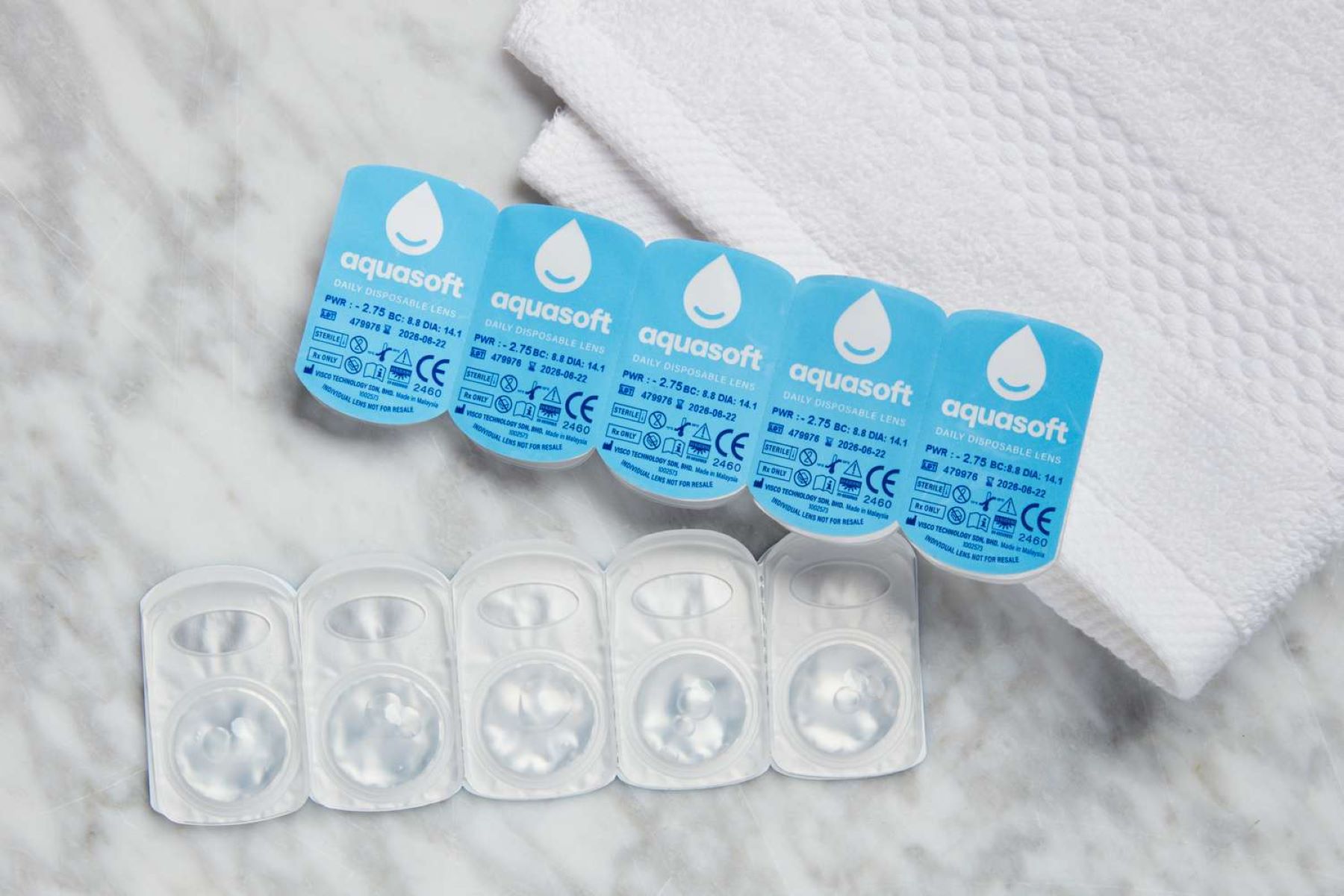


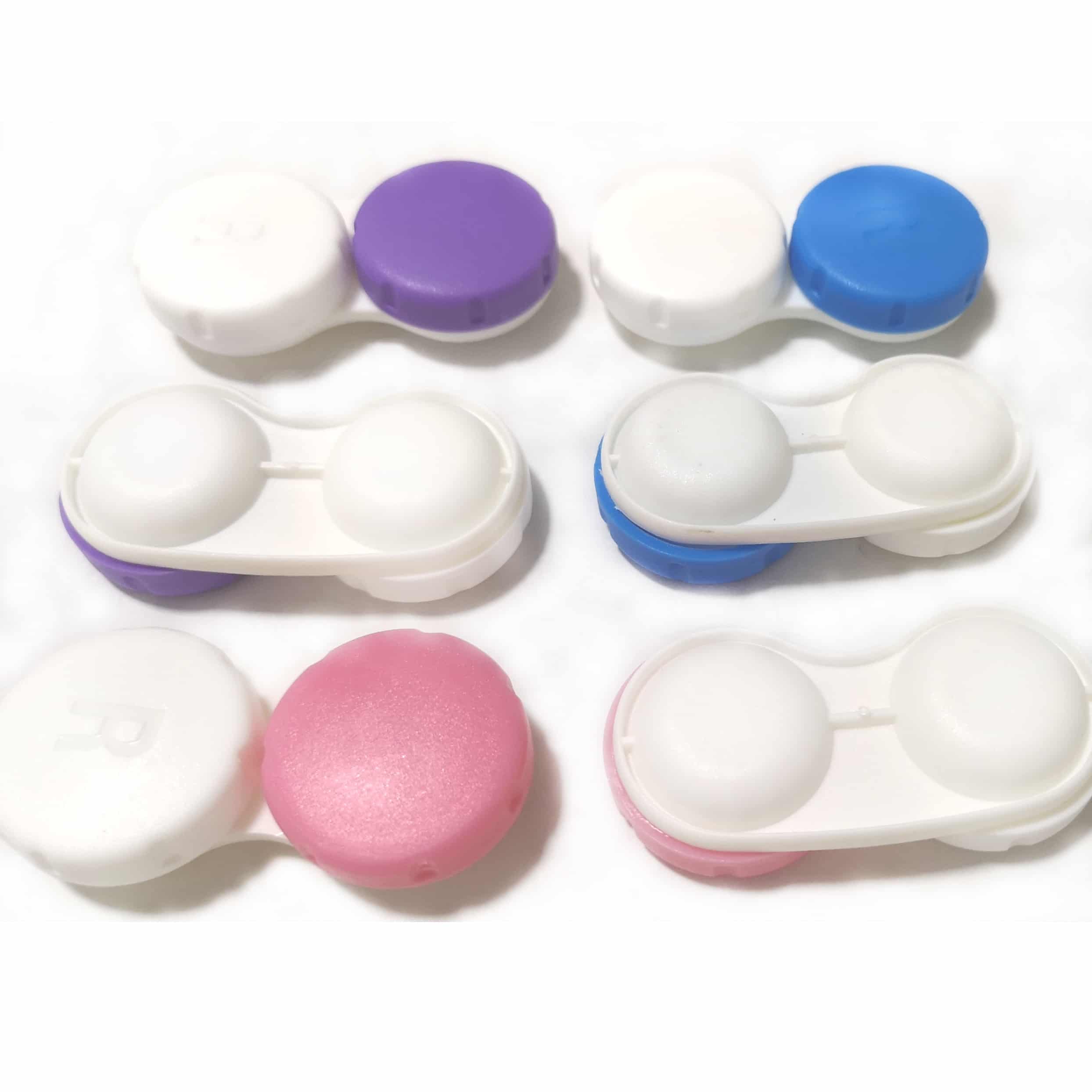
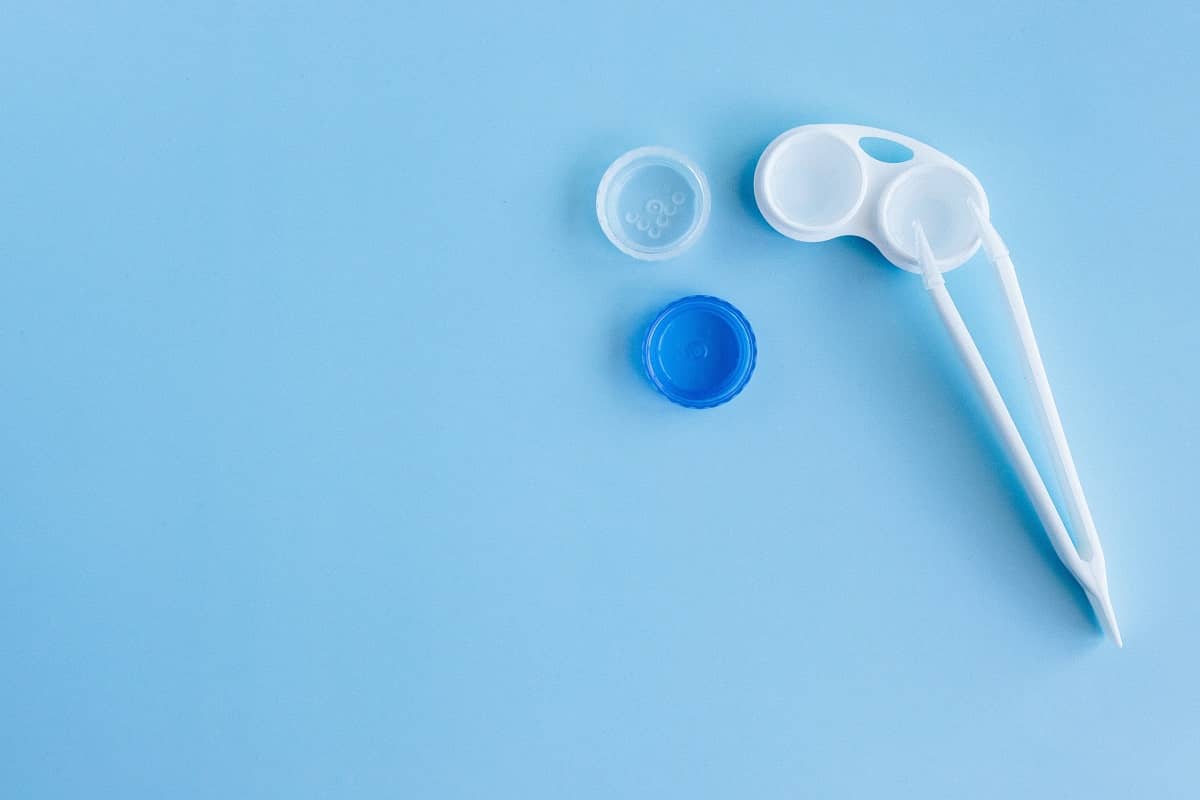
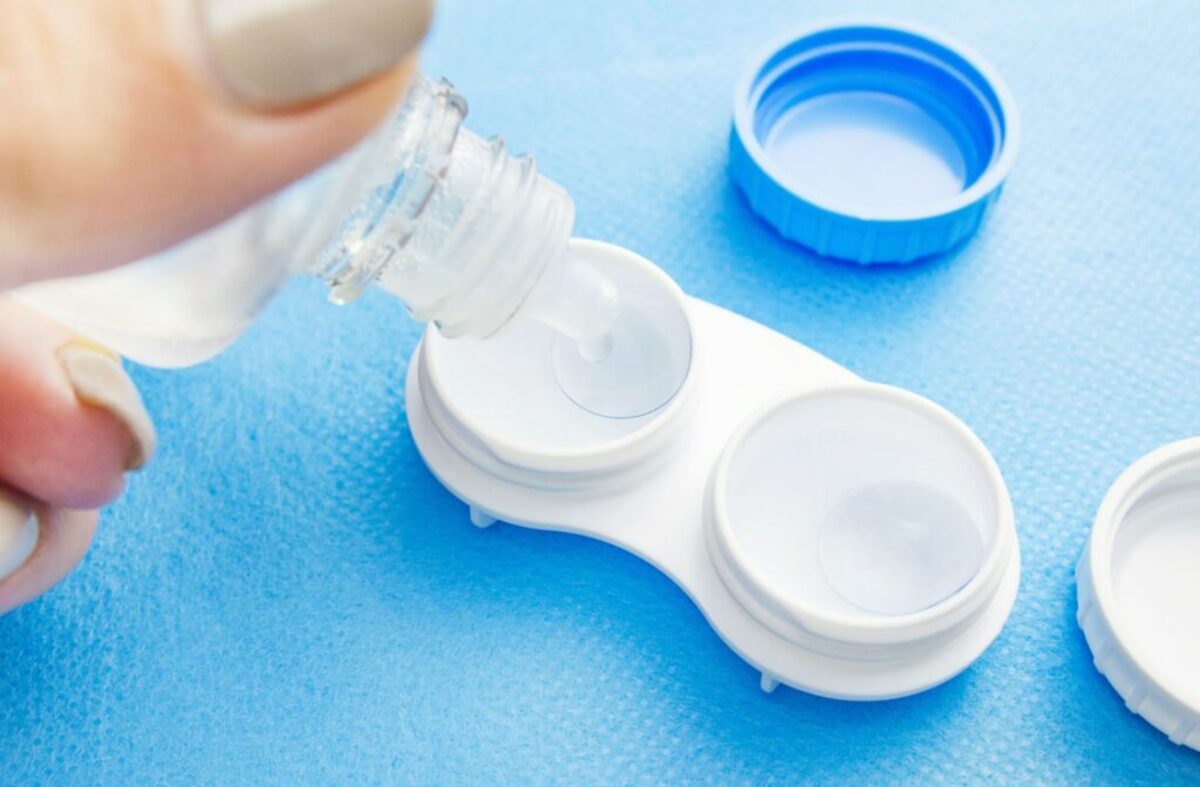
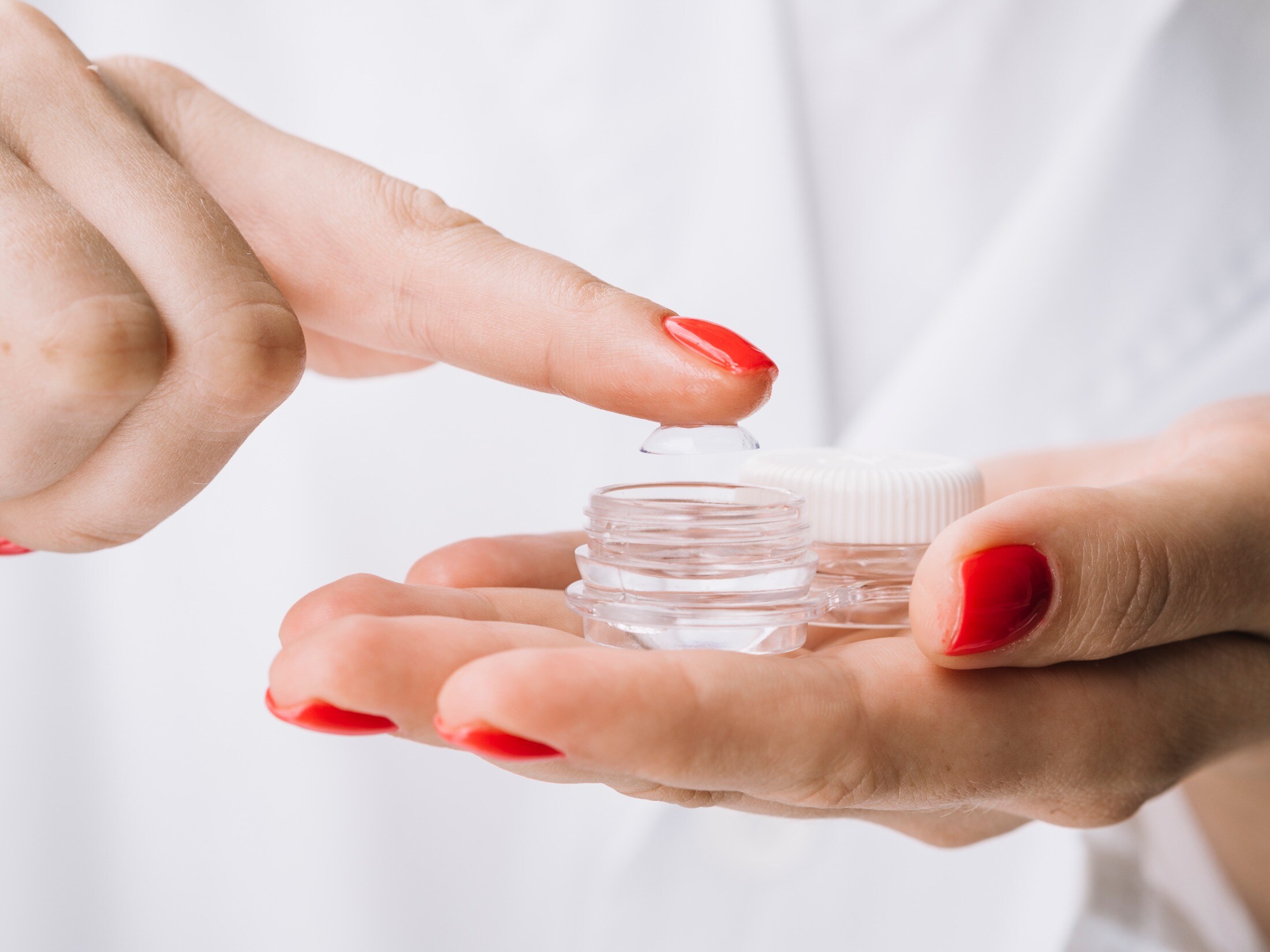
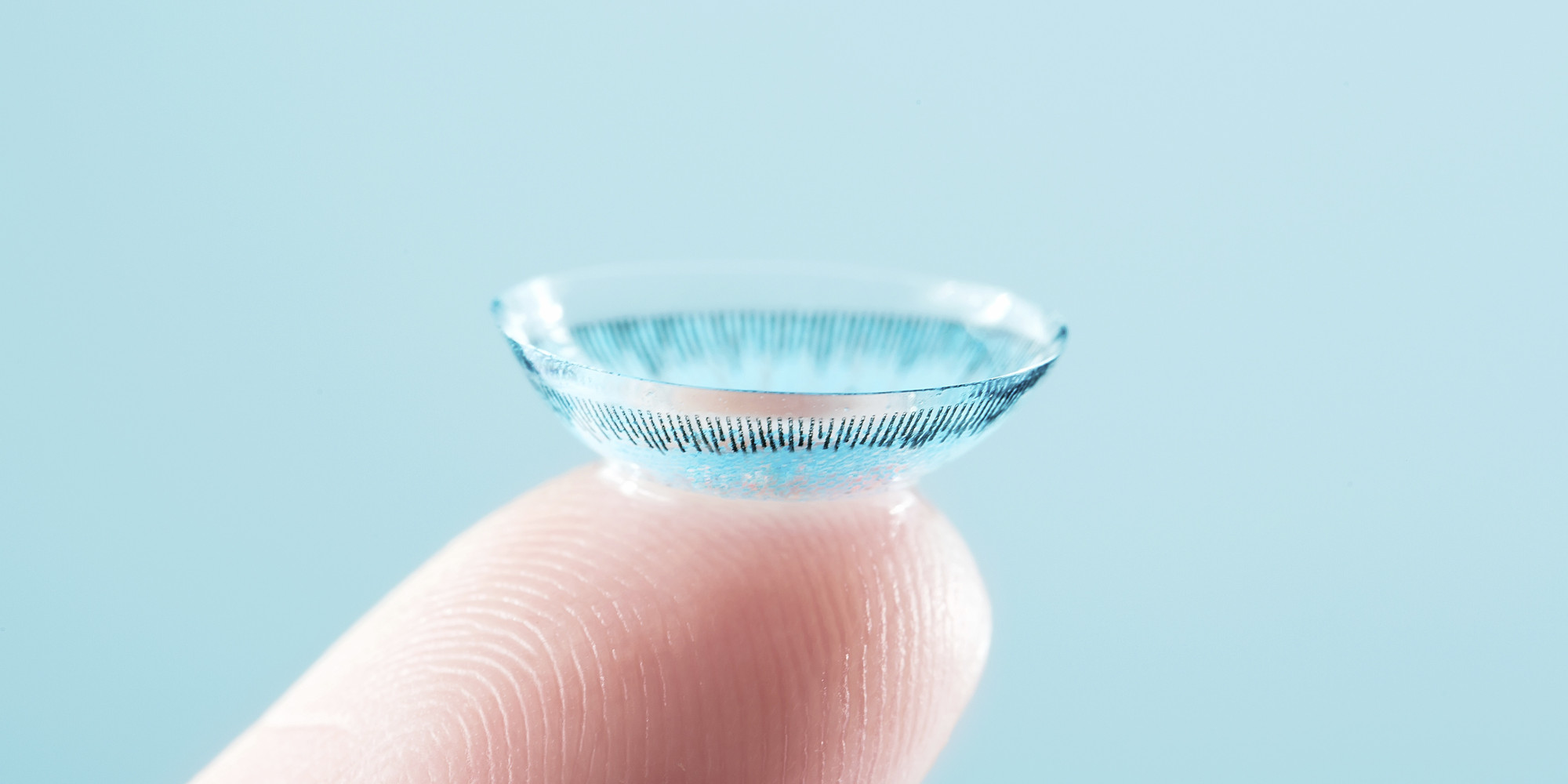
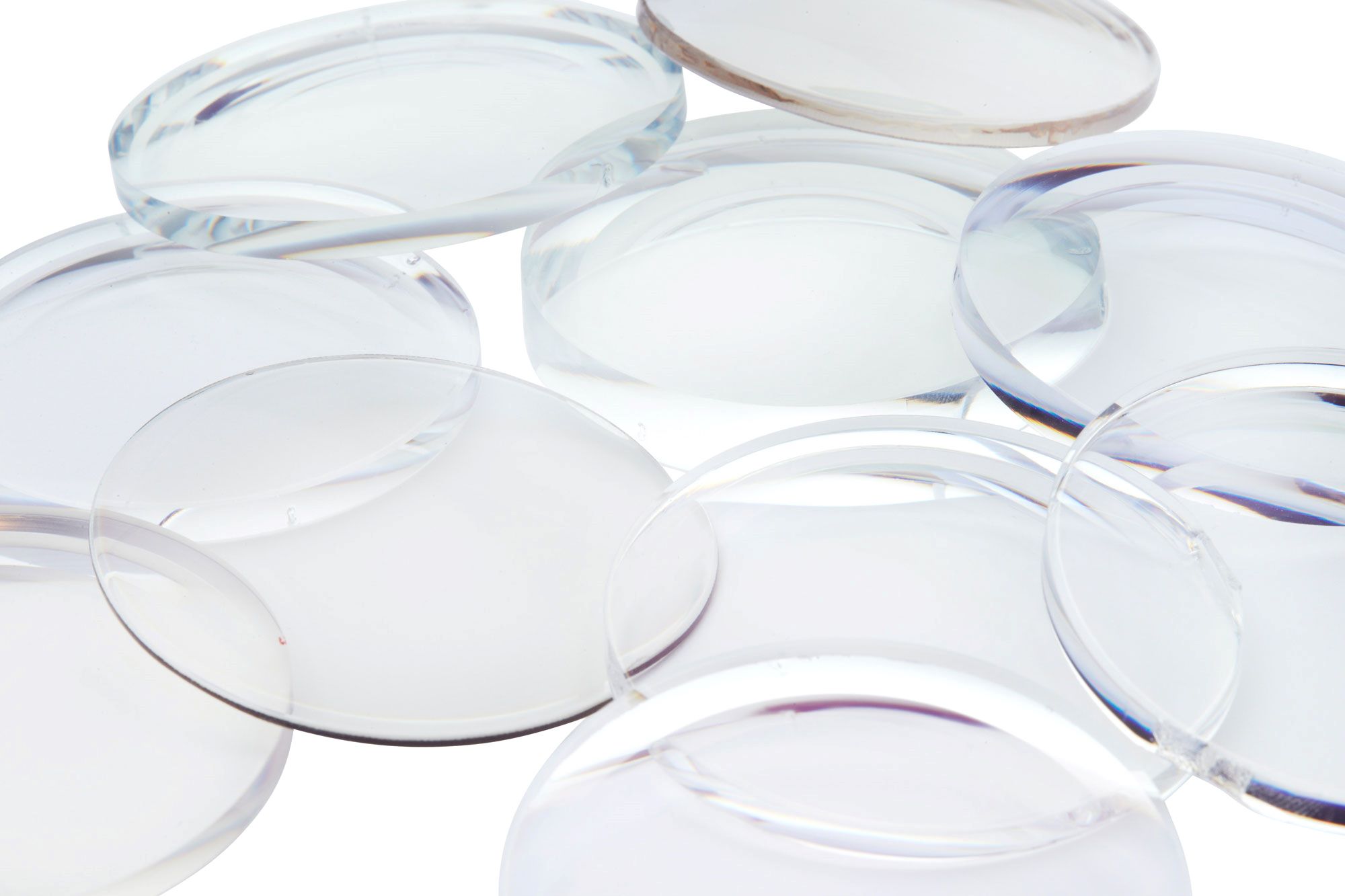
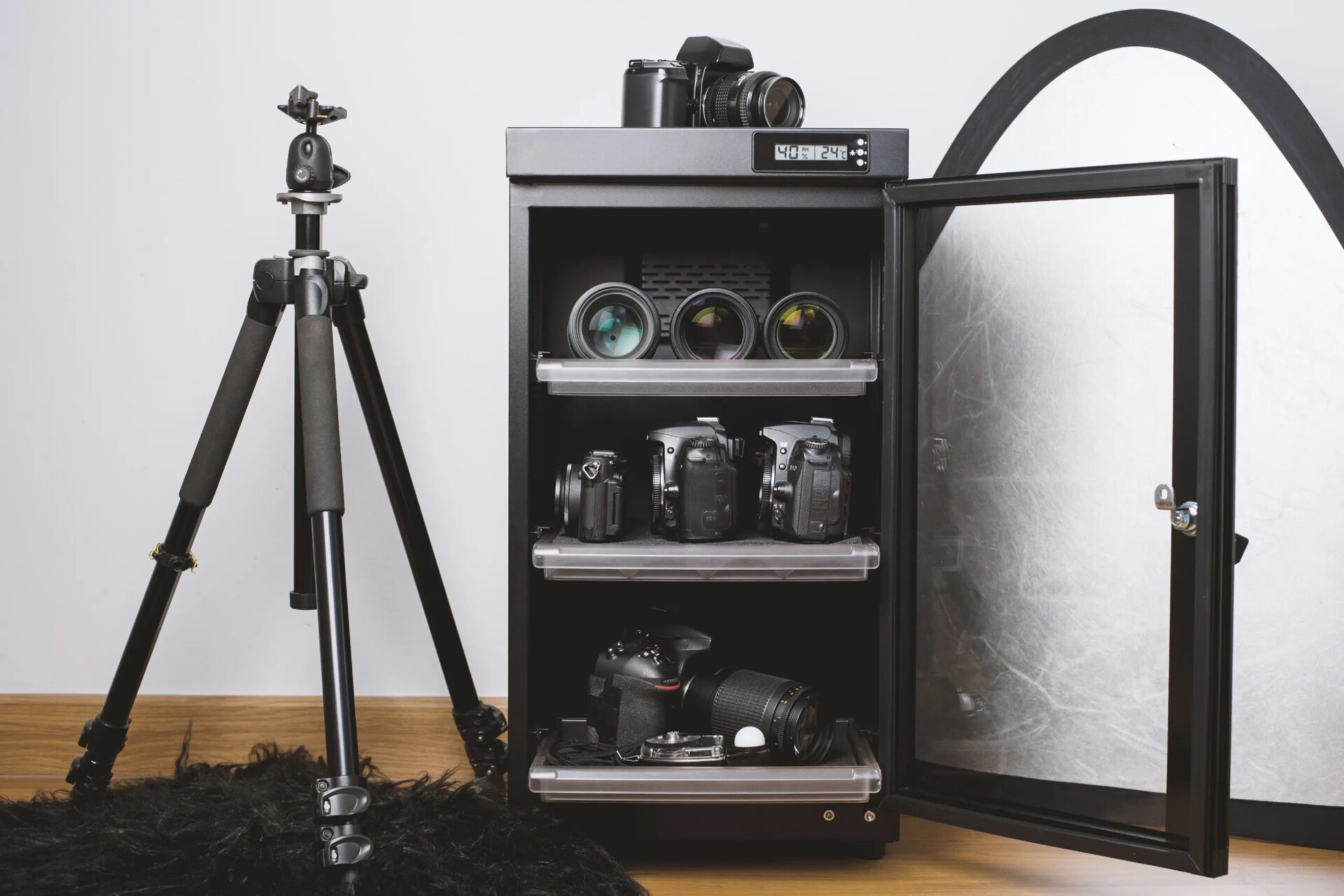
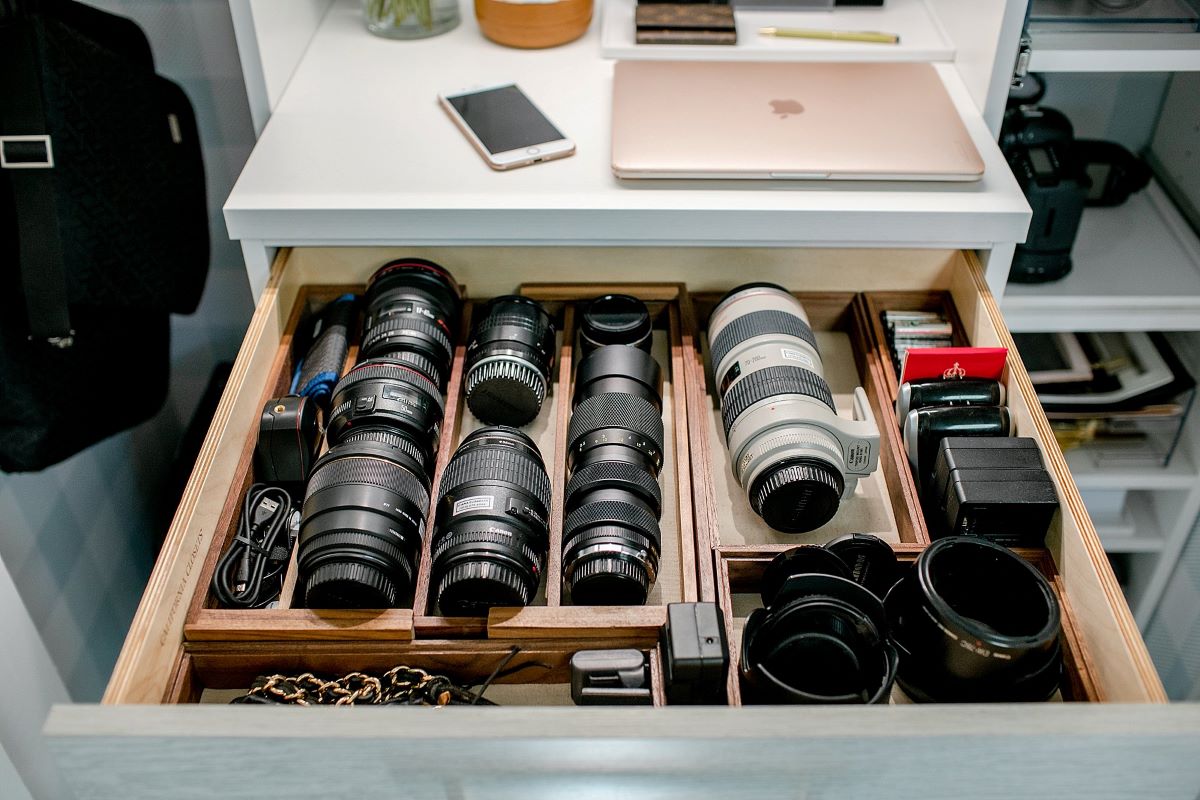
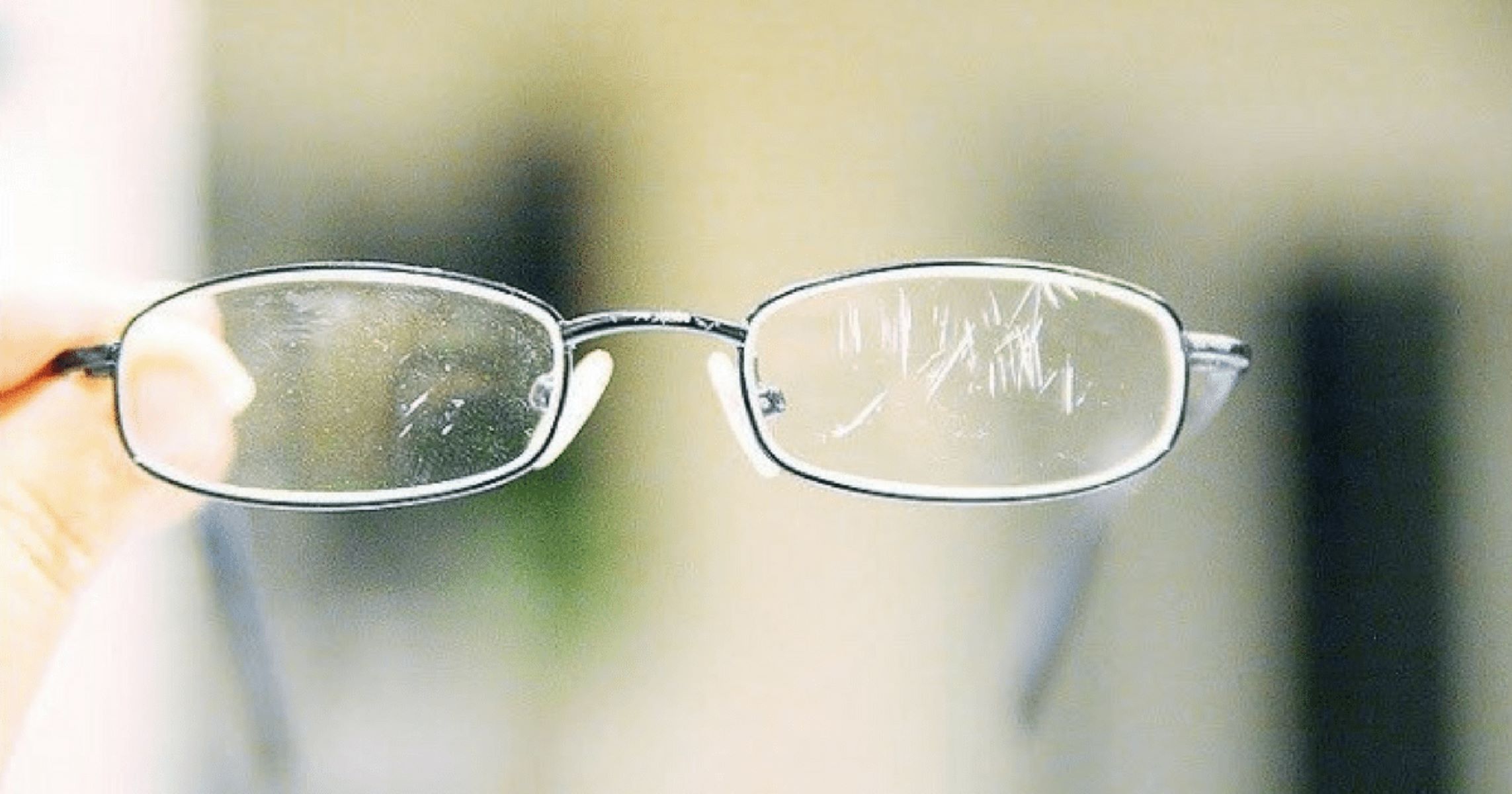
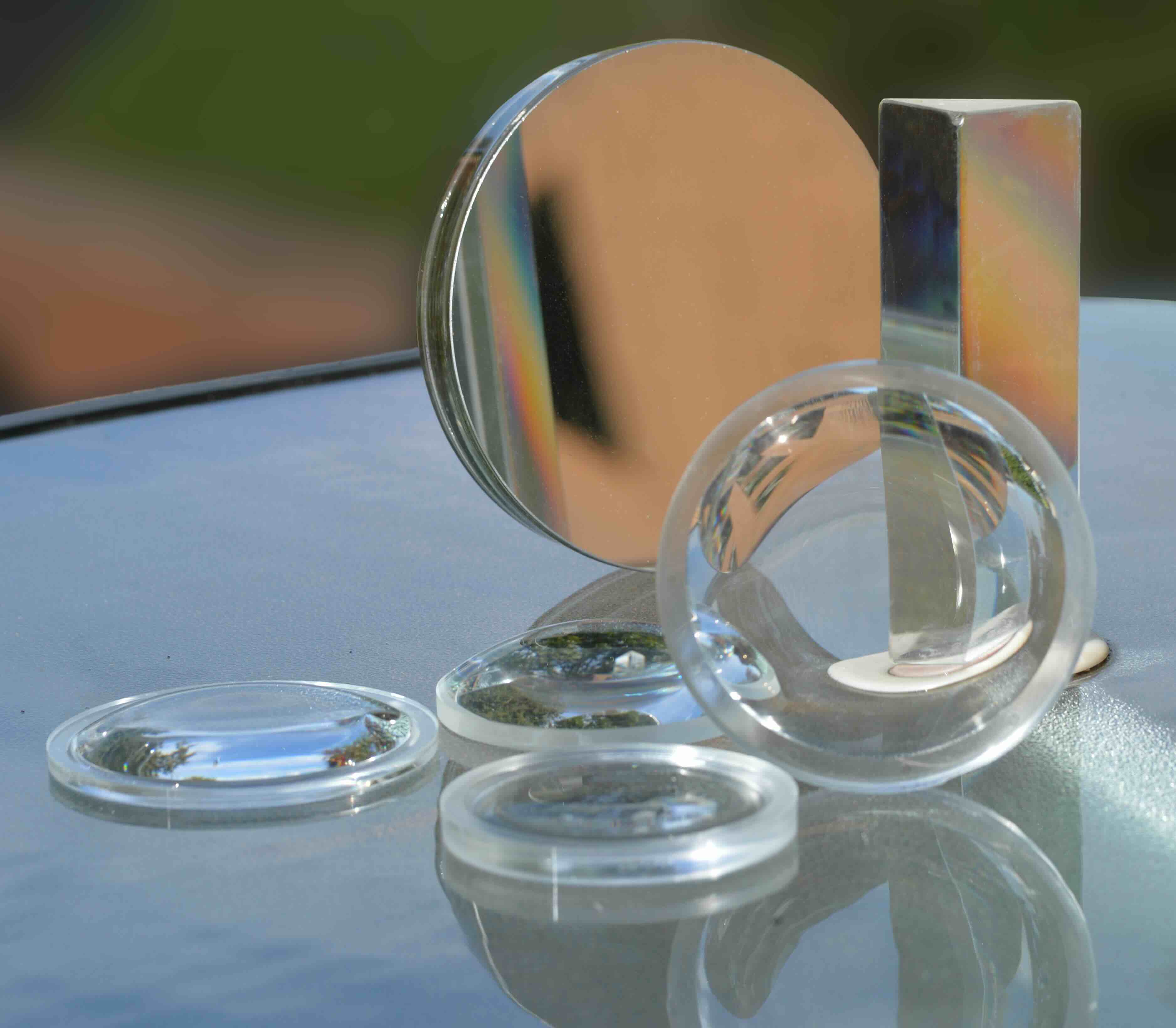

0 thoughts on “How To Store Camera Lenses”